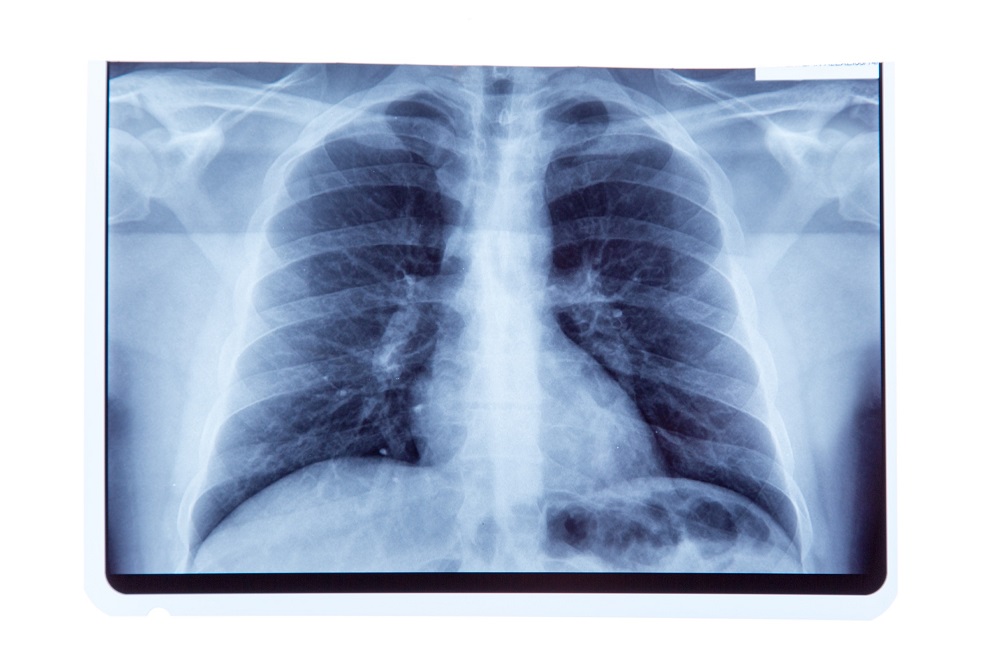Generative AI Tool Enables Timely Interpretation of Chest X-Rays by ED Physicians
Posted on 06 Oct 2023
Quick and accurate interpretation of diagnostic X-rays is essential in emergency departments (ED), but not all facilities have round-the-clock radiology services. Generative AI technologies can potentially bridge this gap by offering nearly immediate interpretations of medical images, and handling a high number of cases without getting tired or needing additional staff. Now, a new AI model has been developed to help emergency doctors identify life-threatening conditions in chest X-rays.
A team of researchers at Northwestern University (Chicago, IL, USA) set out to create and assess a generative AI tool specifically designed for interpreting chest X-rays in an emergency setting. This AI model belongs to a newer category of generative AI known as transformer models. These models combine large language models, similar to ChatGPT, with deep learning techniques to analyze images. In simple terms, the AI tool works as an encoder-decoder model that takes chest X-ray images and generates a corresponding radiology report. The team trained the model using 900,000 chest X-ray reports that contained textual findings from radiologists.

To evaluate the model's effectiveness, the researchers took a set of 500 X-rays from their own ED, which had been previously reviewed by both a remote teleradiology service and an in-house radiologist between January 2022 and January 2023. These reports were individually compared to the AI-generated reports by six emergency department physicians, using a 5-point Likert scale for assessment. The sample consisted of 336 normal X-rays (67.2%) and 164 abnormal ones (32.8%), with frequent findings including issues like infiltrates, pulmonary edema, and pleural effusions, among others. Upon evaluation, the team found that the AI model's accuracy and quality of text were almost on par with the traditional methods.
“The generative AI model produced reports of similar clinical accuracy and textual quality to radiologist reports while providing higher textual quality than teleradiologist reports,” the group wrote. “Implementation of the model in the clinical workflow could enable timely alerts to life-threatening pathology while aiding imaging interpretation and documentation.”
Related Links:
Northwestern University














